Architecture has always been a reflection of the times. Each era has produced its own distinctive styles, from the grandeur of the Renaissance to the simplicity of the Bauhaus movement. In recent years, modern architecture has emerged as a dominant force in the design world, characterized by its sleek lines, minimalist approach, and use of innovative materials and technologies. But what exactly classifies modern architecture design? And how does it apply to the construction of buildings like condominiums, such as those found in a condominium in Las Pinas? In this blog, we’ll explore the defining features of modern architecture and how they are incorporated into contemporary building design.
Modern architecture design is a style of architecture that emerged in the early 20th century and is characterized by a focus on function, simplicity, and the use of modern materials and technologies. It is marked by a departure from traditional architectural styles, such as classical or Gothic, and is often associated with the principles of the modernist movement.
After World War I, the Modern Movement in architecture truly took off. Modern architecture began in the early 1900s and ended in the 1960s when more current designs took control. Form following purpose, clear lines, and a lack of adornment are some of the fundamental tenets of contemporary architecture.
Some of the Key Features of Modern Architecture Design Include:

Emphasis on function: Modern architecture prioritizes the function of a building over its form. Buildings are designed to meet the needs of the people who will use them, rather than to conform to a particular aesthetic or style.
Simplification of the form
Modern architecture typically features clean, simple lines and minimal decoration. Ornamentation is minimized or eliminated altogether, and the focus is on creating a streamlined, efficient structure.
Use of modern materials
Modern architects embrace new materials and technologies, such as reinforced concrete, glass, and steel. These materials allow for innovative designs and the creation of buildings that were not possible with traditional construction methods.
Integration with the surrounding environment
Modern architects often aim to create buildings that blend seamlessly with their surroundings. They may incorporate natural materials, such as wood or stone, or use landscaping to soften the building’s appearance.
Emphasis on light and space
Modern architects use light and space to create an open, airy feeling in their buildings. Large windows, open floor plans, and minimal walls are all common features of modern architectural design.
Examples of modern architecture include the Bauhaus school in Germany, the works of Le Corbusier, and the designs of Frank Lloyd Wright. Today, modern architecture continues to evolve and adapt to new technologies and design trends.
What are Modern Architecture Buildings?
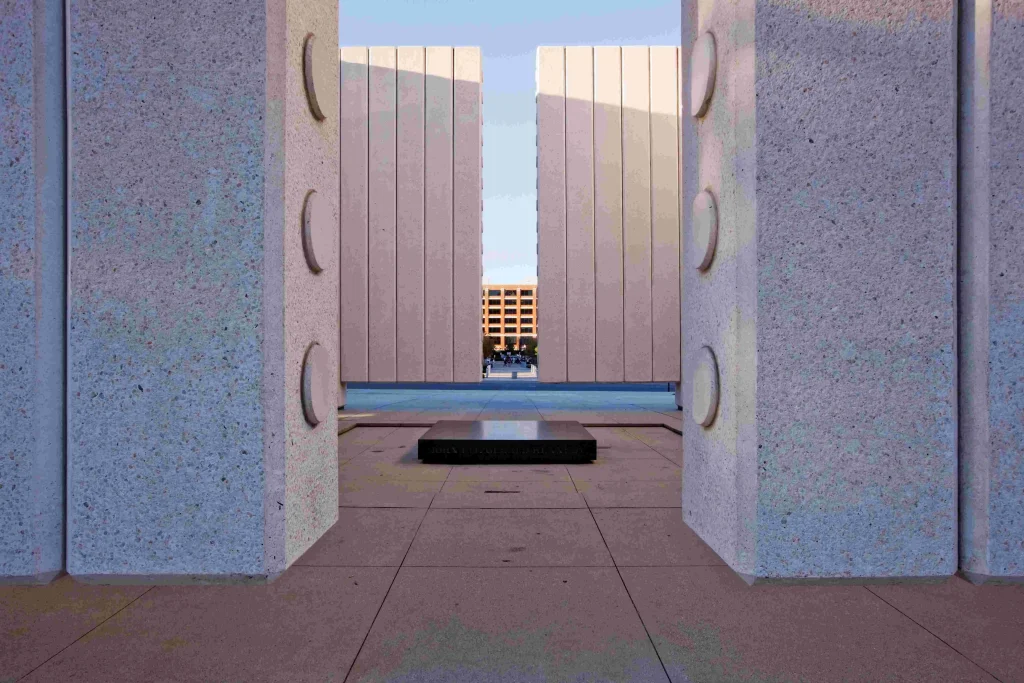
Modern architecture is a broad term that refers to the style of architecture that emerged in the early 20th century and continued to develop throughout the mid-20th century. It is characterized by a focus on simplicity, functionality, and new materials and technologies.
Modern architecture is often associated with the International Style, which is characterized by the use of steel and concrete, clean lines, and a lack of ornamentation. The style is also known for its use of glass, which allows for a greater sense of openness and lightness in buildings.
Some famous examples of modern architecture include the Bauhaus School in Germany, the Seagram Building in New York City, and the Sydney Opera House in Australia.
What is Modern Architecture in the Philippines?
Modern architecture in the Philippines refers to the style of architecture that emerged in the country during the mid-20th century. This period was marked by a renewed focus on modernization, urbanization, and industrialization, which had a significant impact on the country’s architecture.
Modern architecture in the Philippines is characterized by its use of new materials and technologies, such as reinforced concrete, steel, and glass. The style is also known for its clean lines, minimalist design, and lack of ornamentation.
One of the most famous examples of modern architecture in the Philippines is the Cultural Center of the Philippines, which was designed by National Artist for Architecture, Leandro V. Locsin. The building is known for its sweeping roofline and use of concrete, and it remains an iconic landmark in Manila to this day.
Other notable examples of modern architecture in the Philippines include the Philippine International Convention Center, the National Arts Center in Mount Makiling, and the Coconut Palace, which was constructed in 1981 for the arrival of Pope John Paul II to the Philippines.
The Hermosa Condo Village: Where Modern Architecture Meets Exclusive Living
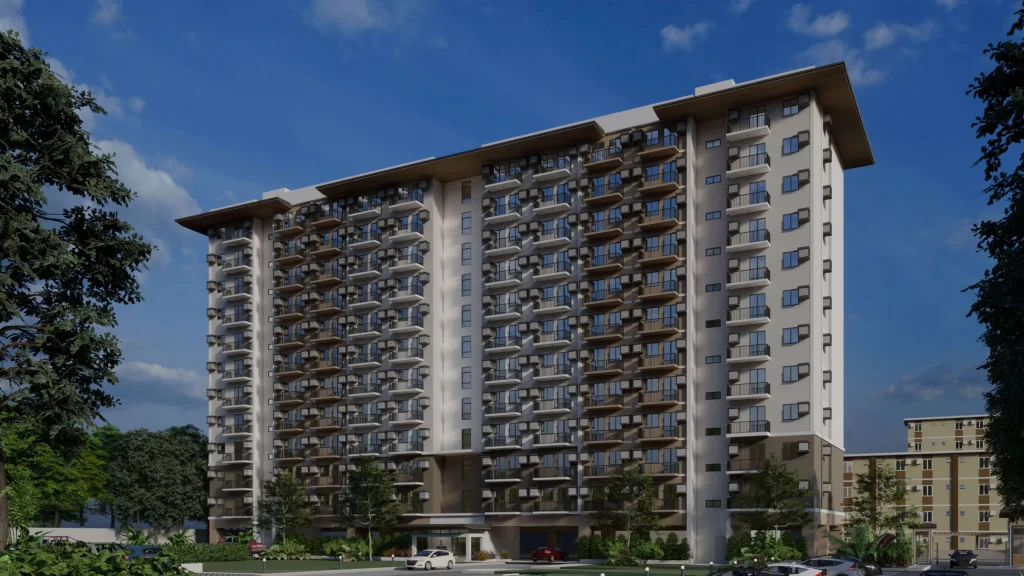
Hermosa’s condominium in Las Pinas features a modern architectural design, which is characterized by its clean lines, simplicity, and use of innovative materials and technology. The building’s sleek and contemporary appearance, with its emphasis on functionality and efficiency, is a hallmark of modern architecture. From its minimalist approach to its attention to detail, Hermosa’s design reflects the principles of modern architecture, making it a great investment for those who appreciate this style.
When and Where Did the Modern Architectural Movement Begin?
Modern architecture was initiated by Western civilizations at the end of the industrial revolution around 1800. Originally the desire to break away from the old architectural style grew out of inventing something new which was functionally simple together with the technological, engineering, and construction material revolution at the end of the 19th. ‘ It started with iron, glass, and reinforced concrete to create stronger lightweight structures. In 1848, the discovery of a sheet of casting glass allowed the production of enormous windows.
Modern architectural design ideas were now taken for granted; for instance, no one would construct a factory or office in the Gothic Revival style. Thus, architects began experimenting with decoration once more, rejecting the “form follows function” rule in favor of more “frivolous” elements and a return to more conventional architectural designs. Also, architects began experimenting with new techniques with these new materials, which gave them more design freedom.
Who Are the Famous Modern Architects?
There have been many famous architects in the modern era, but here are some of the most well-known:
Frank Lloyd Wright
One of the most famous modern architects because of his organic architecture and contributions to the Prairie School movement, Wright designed many iconic buildings such as Fallingwater, the Guggenheim Museum, and the Robie House.
Le Corbusier
Considered one of the founders of modern architecture, Le Corbusier developed the concept of the “Five Points of Architecture” and designed influential buildings such as the Villa Savoye, the Unité d’Habitation, and the Notre Dame du Haut.
Le Corbusier’s architectural designs were characterized by their functionality, use of new materials and technologies, and minimalist aesthetic. He was a pioneer in the use of reinforced concrete, which he used to create buildings with clean lines and large open spaces. The only décor was a selection of interior colors that Le Corbusier provided to occupants. Le Corbusier designed furniture, rugs, and lights to match the building which was all strictly practical.
Ludwig Mies van der Rohe
Known for his minimalist designs and use of industrial materials, Ludwig Mies van der Rohe designed iconic buildings such as the Barcelona Pavilion, the Seagram Building, and the Farnsworth House.
Ludwig Mies van der characterized his architectural style by clean lines, open spaces, and a focus on functionality. He believed in the principle of “less is more,” and he used industrial materials such as steel and glass to create buildings that were both visually striking and highly efficient.
Walter Gropius
As the founder of the Bauhaus school, Gropius had a significant impact on modern architecture and design. His notable works include the Fagus Factory and the Bauhaus Building.
Gropius’s architectural style was characterized by clean lines, geometric shapes, and the use of industrial materials such as steel and glass. He believed that architecture should be accessible to everyone, and sought to create buildings that were affordable and efficient, as well as beautiful.
Frank Gehry
Known for his unconventional and sculptural designs, Gehry designed the Guggenheim Museum in Bilbao, the Walt Disney Concert Hall, and the Fondation Louis Vuitton.
Gehry’s early work was characterized by a focus on simple, functional forms, but he later became known for his use of unconventional materials and his sculptural approach to design. Some of his most famous buildings include the Guggenheim Museum in Bilbao, Spain, the Walt Disney Concert Hall in Los Angeles, California, and the Biomuseo in Panama City, Panama.
Different Architectural Styles

There are many architectural styles that have developed over time, each with its own unique features and characteristics. Some of the most prominent architectural styles include:
American Architecture
American architecture is a diverse and dynamic style of architecture that has been influenced by a variety of different factors, including geography, history, and culture. It encompasses a wide range of styles, from colonial and neoclassical to modern and postmodern.
One of the defining features of American architecture is its ability to adapt and evolve over time. As the country grew and changed, so did its architecture, with each era leaving its own unique mark on the built environment.
Art Deco Architecture
Art Deco architecture emerged in the 1920s and 1930s and is characterized by bold geometric shapes, vibrant colors, and the use of glass and steel.
While Art Deco architecture fell out of favor after World War II, it has seen a resurgence in popularity in recent years, particularly for restoration projects and new buildings that incorporate Art Deco elements.
Brutalist architecture
Brutalist architecture is a style of architecture that emerged in the mid-20th century and is characterized by its use of raw, unadorned concrete, blocky geometric forms, and a sense of massiveness and weight. The style was particularly popular in the 1960s and 1970s and was used for a range of building types, including government buildings, universities, and public housing.
The name “brutalist” comes from the French word “beton brut,” which means “raw concrete.” Brutalist architecture was associated with a sense of social idealism and was often used for public buildings, reflecting a belief in the power of architecture to promote social change.
Classical Architecture
This style emerged in ancient Greece and Rome and is characterized by columns, pediments, and other ornamental features. Classical architecture has been influential in Western architecture for centuries.
Contemporary Architecture
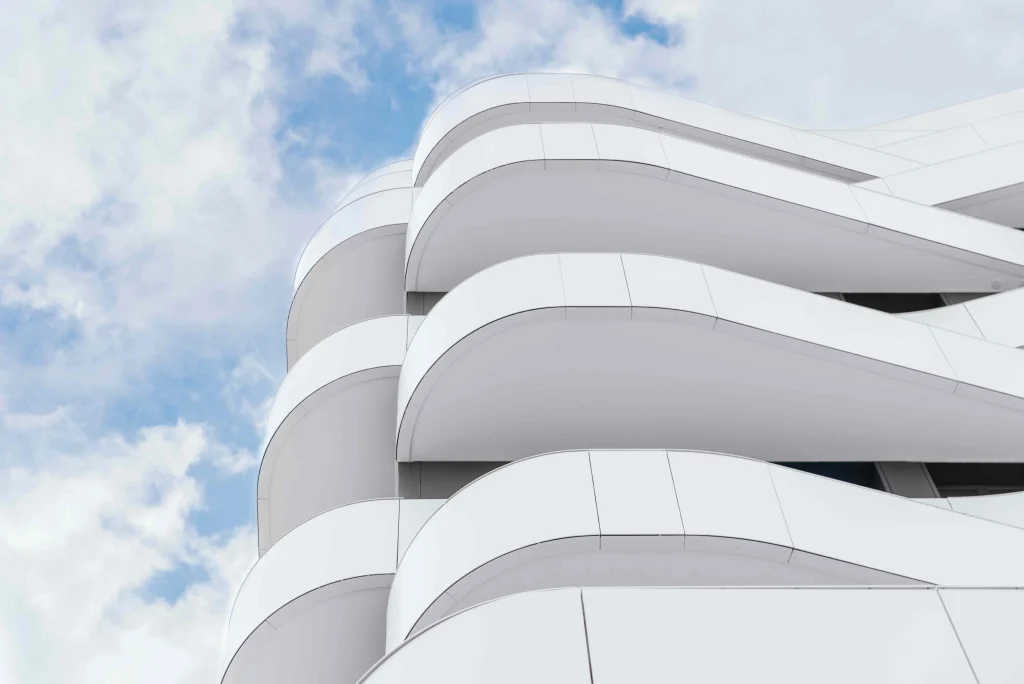
It is a style that has evolved from modern architecture and incorporates new materials, technologies, and design trends. Contemporary architecture often incorporates elements from other architectural styles, such as minimalism, deconstructivism, and postmodernism, to create functional and aesthetically striking buildings. Sustainability is also an important consideration in contemporary architecture, with architects using energy-efficient materials and design strategies to create buildings that are environmentally friendly.
Constructivist Architecture
It is a revolutionary style of architecture that emerged in the early 20th century in Russia. The constructivist architects rejected traditional ornamental styles and instead embraced modern materials, such as steel, glass, and reinforced concrete. Buildings designed in the constructivist style often featured sharp angles, geometric forms, and asymmetrical compositions. One of the defining features of constructivist architecture was its modular design, with interchangeable parts that could be assembled and disassembled quickly and efficiently. This approach to design had a profound impact on the architecture of the 20th century, influencing many modernist architects who sought to create functional and efficient buildings.
Expressionist Architecture
A short-lived but influential movement that emerged in Germany in the early 20th century. It was characterized by its use of distorted shapes, exaggerated forms, and expressive symbolism. Expressionist architects believed that architecture should be a reflection of the inner emotional state of the individual and that buildings should be designed to inspire strong emotional responses in their viewers.
Expressionist architecture had a significant impact on the development of modern architecture and inspired many architects to experiment with unconventional materials, forms, and spaces.
Japanese Architecture
Japanese architecture is a unique style of architecture that has evolved over centuries in Japan. It is characterized by its use of natural materials, such as wood, stone, and paper, and its emphasis on harmony between the building and its natural surroundings.
Modernist Architecture
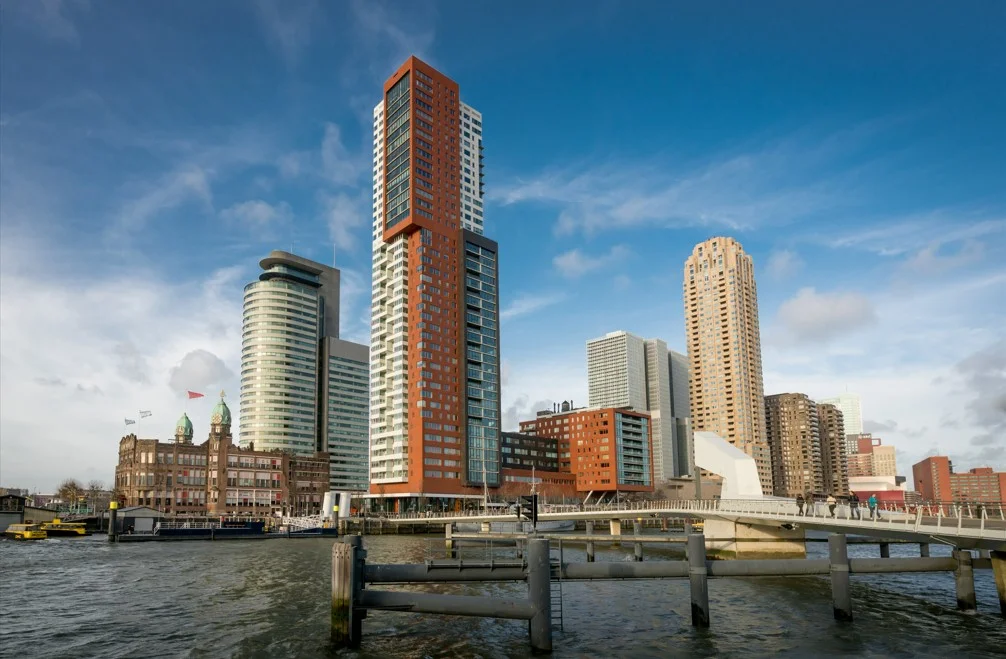
Modern architecture emerged in the early 20th century and is characterized by a focus on function, simplicity, and modern materials and technologies.
Another important aspect of modernist architecture was its focus on the use of new technologies and materials. Modernist style sought to harness the power of industrialization and create buildings that were efficient, affordable, and sustainable. Some of the most famous examples of modernist architecture include the Bauhaus school in Germany, the Villa Savoye in France, and the Farnsworth House in the United States.
New Architecture
“New architecture” is a term used to describe the latest developments and trends in contemporary architecture. This encompasses a wide range of styles and approaches, from sustainable and eco-friendly designs to the use of advanced materials and construction techniques.
The new architectural style is a reflection of the changing needs and values of society. It seeks to balance aesthetics, functionality, and sustainability while embracing new technologies and approaches to design.
Check Out Hermosa, Our Condo In Las Piñas!
What are the 3 Characteristics of Modern Architecture?
The three characteristics of modern architecture are:
- Functionality: Modern architecture emphasizes the use of functional design and materials that serve a specific purpose or function. Buildings are designed to be efficient and practical, with every element serving a purpose.
- Simplicity: Modern architecture is characterized by clean lines, minimal decoration, and a focus on simplicity. Ornamentation is avoided in favor of a streamlined and unadorned appearance.
- Technology: Modern architecture often incorporates new materials and technologies in construction, such as steel, concrete, and glass. This allows for more innovative and efficient designs and enables architects to create structures with larger open spaces and more natural light.
Modern Principles in Architecture
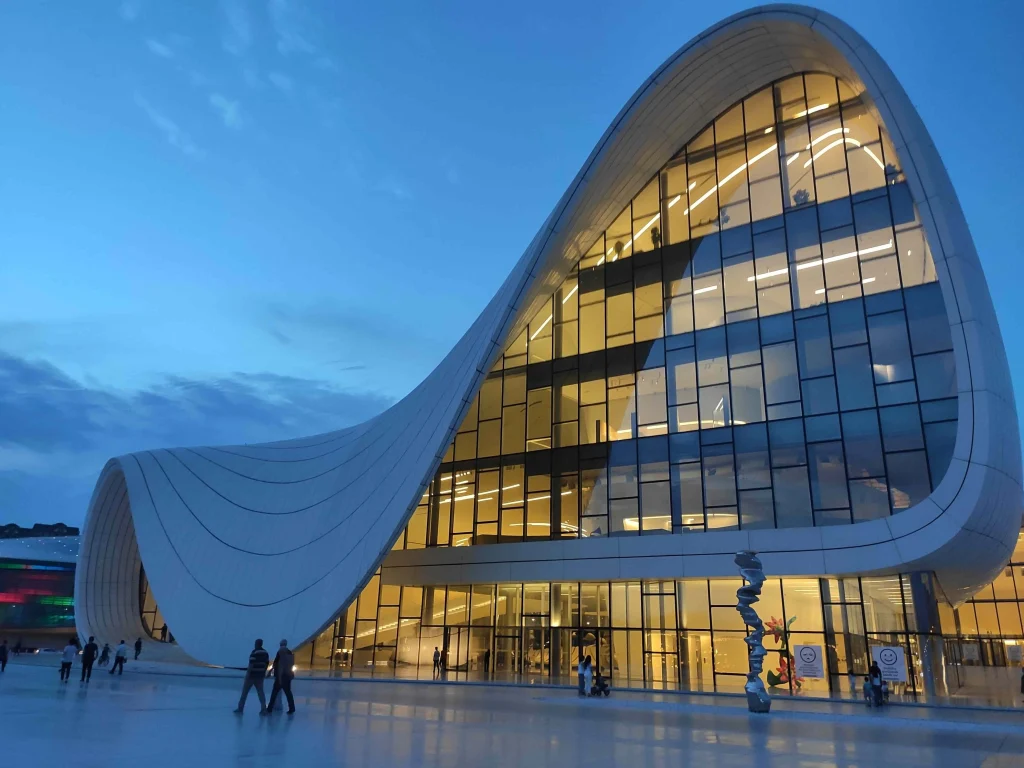
A set of design principles emerged in the 20th century, primarily as a response to the Industrial Revolution and the changing needs of society. These principles emphasize functionality, simplicity, and the use of new materials and technologies to create structures that are efficient, sustainable, and visually striking.
Some of the key modern principles in architecture include:
- Form follows function: This principle suggests that the form of a building should be determined by its function or purpose. In other words, the design of a building should be based on the activities that will take place within it, rather than on decorative or ornamental elements.
- Simplification: Modern architecture often emphasizes simplicity and minimalism in design, with an emphasis on clean lines, geometric shapes, and unadorned surfaces.
- Use of new materials and technologies: Modern architects often use new materials and technologies, such as steel, reinforced concrete, and glass, to create structures that are both innovative and efficient.
- Integration with the environment: Modern architecture often seeks to integrate buildings with their surroundings, whether through the use of natural materials or through the creation of green spaces and sustainable design features.
- Emphasis on light and space: Modern architects often focus on creating spaces that are open and airy, with an emphasis on natural light and the use of large windows and other openings.
- Flexibility and adaptability: Modern architecture often seeks to create buildings that are adaptable and flexible, able to accommodate changing needs and uses over time.
- A rejection of historical styles: Modern architecture often breaks with traditional or historical architectural styles, seeking instead to create a new, contemporary aesthetic that reflects the needs and values of the modern era.


